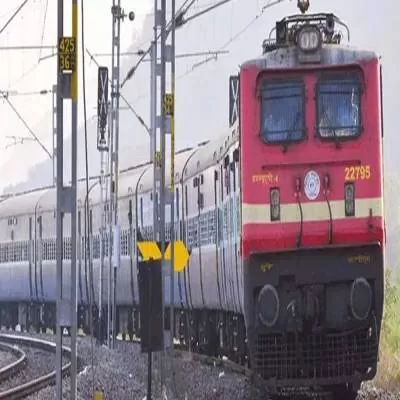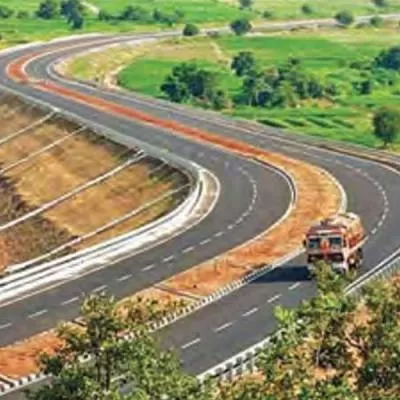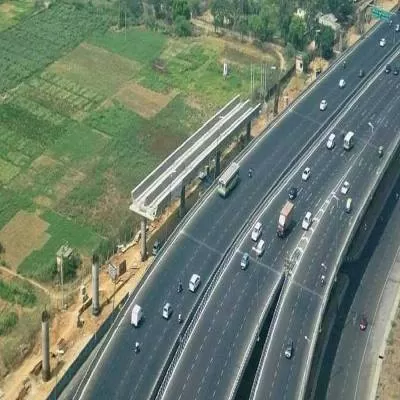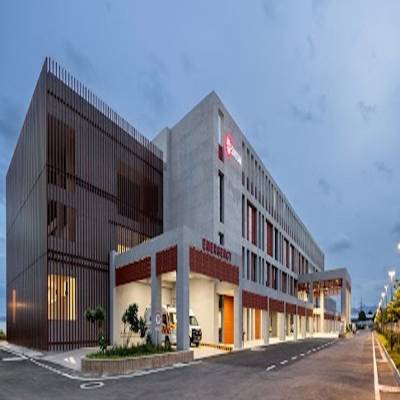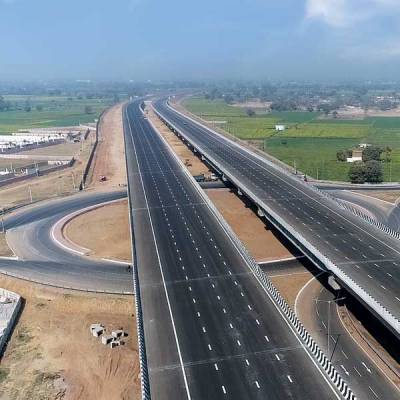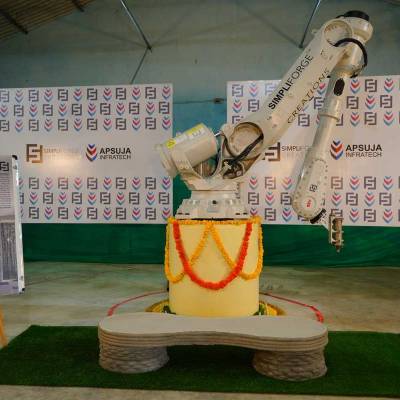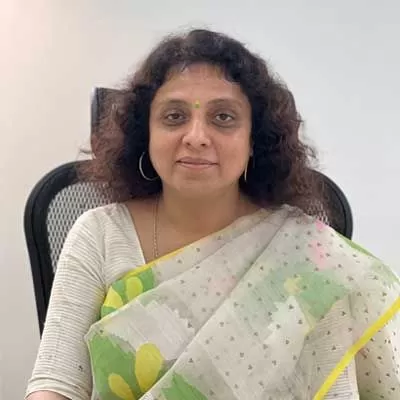- Home
- Infrastructure Transport
- ROADS & HIGHWAYS
- Success of TOT model critical for funding Bharatmala programme
Success of TOT model critical for funding Bharatmala programme
While the NHAI borrowing programme is on track, the budgetary allocation in the last two budgets was lower than required thereby necessitating dependence on other funding avenues, says rating agency ICRA.The timely monetisation of mature road assets will be a critical determining factor in plugging the shortfall in budgetary allocations and fetch requisite funding to support ambitious execution targets set for the Bharatmala programme; failing which the shortfall will have to be met through additional borrowings, thereby further increasing the debt with the NHAI. In this context, success of the toll-operate-transfer (TOT) will be very significant. The overall funding requirement for the new highway development programme is estimated at Rs.6,92,324 crore, which is proposed to be funded through budgetary allocations[ Including gross budgetary support (GBS), central road fund (CRF) and toll-permanent bridge fee fund (PBFF)] of Rs.3,43,045 crore over FY2019-FY2022, market borrowings of Rs.2,09,279 crore, Rs. 34,000 crore through proceeds of monetisation through the toll-operate-transfer (TOT)[ TOT is the model through which public funded national highway projects are monetised; these are operational projects with at least two years of toll collection track record. The concession period for TOT is 30 years with upfront concession fee payment to NHAI.] route and the remaining Rs.1,06,000 crore through private sector participation.Elaborating on the same, Rajeshwar Burla, AVP & Associate Head, Corporate Ratings, ICRA, said, “A majority of the Bharatmala programme is expected to be undertaken through the National Highways Authority of India (NHAI). While the NHAI borrowing programme is on track, the budgetary allocation in the last two budgets was lower than required (Rs. 72,010 crore for FY2020 around 21%[ The budgetary allocations to the ambitious new highway development programme is estimated at Rs. 3,43,045 crore over FY2019-FY2022 implying average allocation of around Rs. 86,000 crore per annum. Of this the REFY2019 allocation stood at Rs. 68,557 crore. Therefore, the remaining Rs. 2,74,488 crore is required to be allocated over FY2020-FY2022 averaging at Rs.91,496 crore per annum.] lower than what is required), thereby necessitating dependence on other funding avenues.” It may be recalled that the Cabinet had approved the Bharatmala Pariyojana Phase-I along with other programmes in October, 2017 involving around 83,000 km (including Bharatmala Pariyojana Phase-I of 24,800 km) of national highway development by FY2022.As per ICRA note, the first bundle under the TOT, which was awarded to Macquarie had a total of nine projects involving 681 km. As against the NHAI’s expectation – initial estimated concession value (IECV) of Rs.6258 crore, the winning bid of Macquarie stood at Rs.9682 crore. Considering that the H1 was higher than the NHAI’s estimate by 55%; the first TOT bid was a resounding success for the NHAI. The bids for the second bundle of TOT were invited by the NHAI in August 2018. Following tepid response, the bid deadline for second bundle was deferred multiple times and finally concluded in December 2018. The second bundle witnessed three bidders. As against IECV of Rs.5362 crore, the H1 bid stood at Rs.4612 crore (from Cube Highways) – 14% lower than IECV. The H2 bid (Adani Group) stood at Rs. 3675 crore – 31% discount to IECV. Unlike the first bundle, there are no stretches along high density golden quadrilateral corridors for second bundle and many of these stretches are located in states with relatively lower economic activity and consequently the toll collection potential has been lower for the second bundle when compared to the first bundle. Therefore, it failed to elicit favourable response in line with the first bundle.“The fact that the first TOT bundle was awarded for a much higher price than the NHAI’s estimate by 55% has raised the expectations for second bundle. This is evident from the IECV (base price) to the annual toll collection (FY2018) ratio, which was 12.2 times for first bundle and 17.9 times for second bundle. The IECV multiple for second bundle is possibly aligned with the multiple for the winning bid for first bundle of 18.9,” Burla added.To make the second bundle more attractive, the NHAI may add a couple of attractive stretches with more traffic density or replace some of the stretches with weak traffic density with that of higher traffic density. The NHAI also has the option to reduce the IECV but that would set a wrong precedent. Therefore, downward revision of IECV is unlikely. Under phase-I of TOT, seventy-five operational national highway projects totaling 4,376 km have been preliminarily identified for monetisation. Overall, the government expects to mop up about Rs. 34,000 crore from phase-I of TOT.


